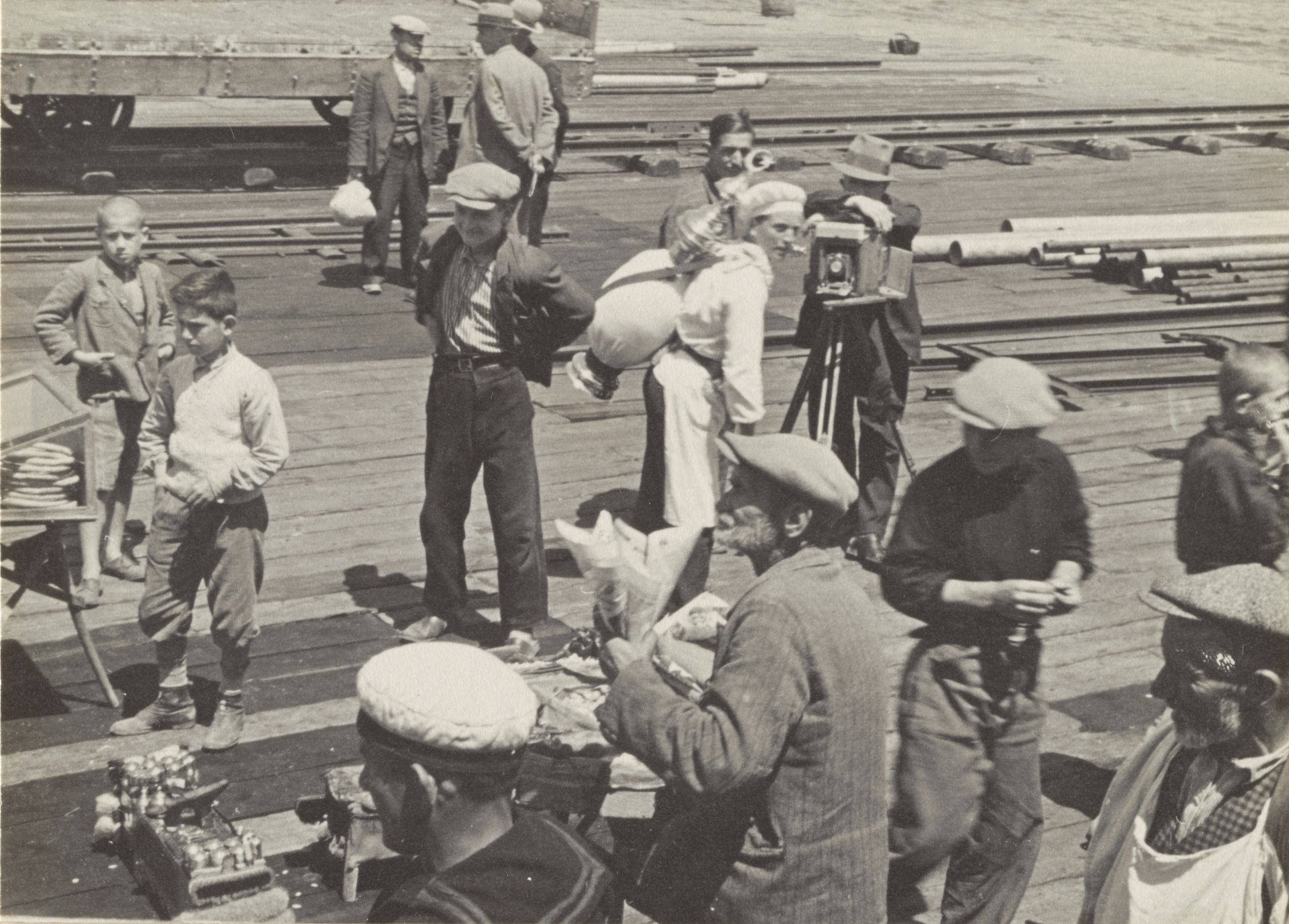Saving Turkey's children
Exiled by Hitler, Albert Eckstein turned his medical expertise to saving Turkey's poorest children from the curse of infant mortality
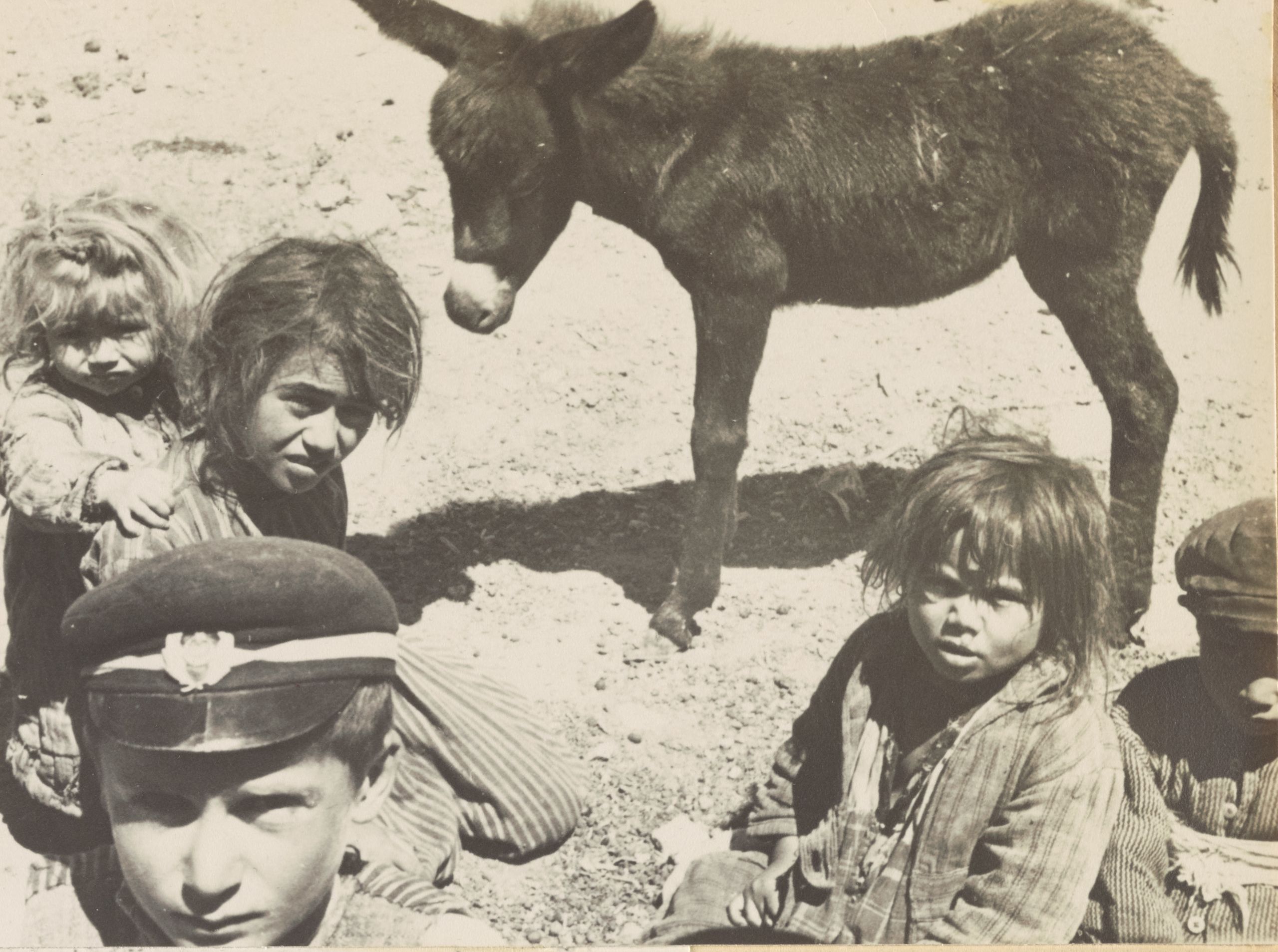
A remarkable collection of Eckstein's photographs - taken in some of the most impoverished regions of 1930s Turkey - is now available for all to explore freely on the Cambridge Digital Library
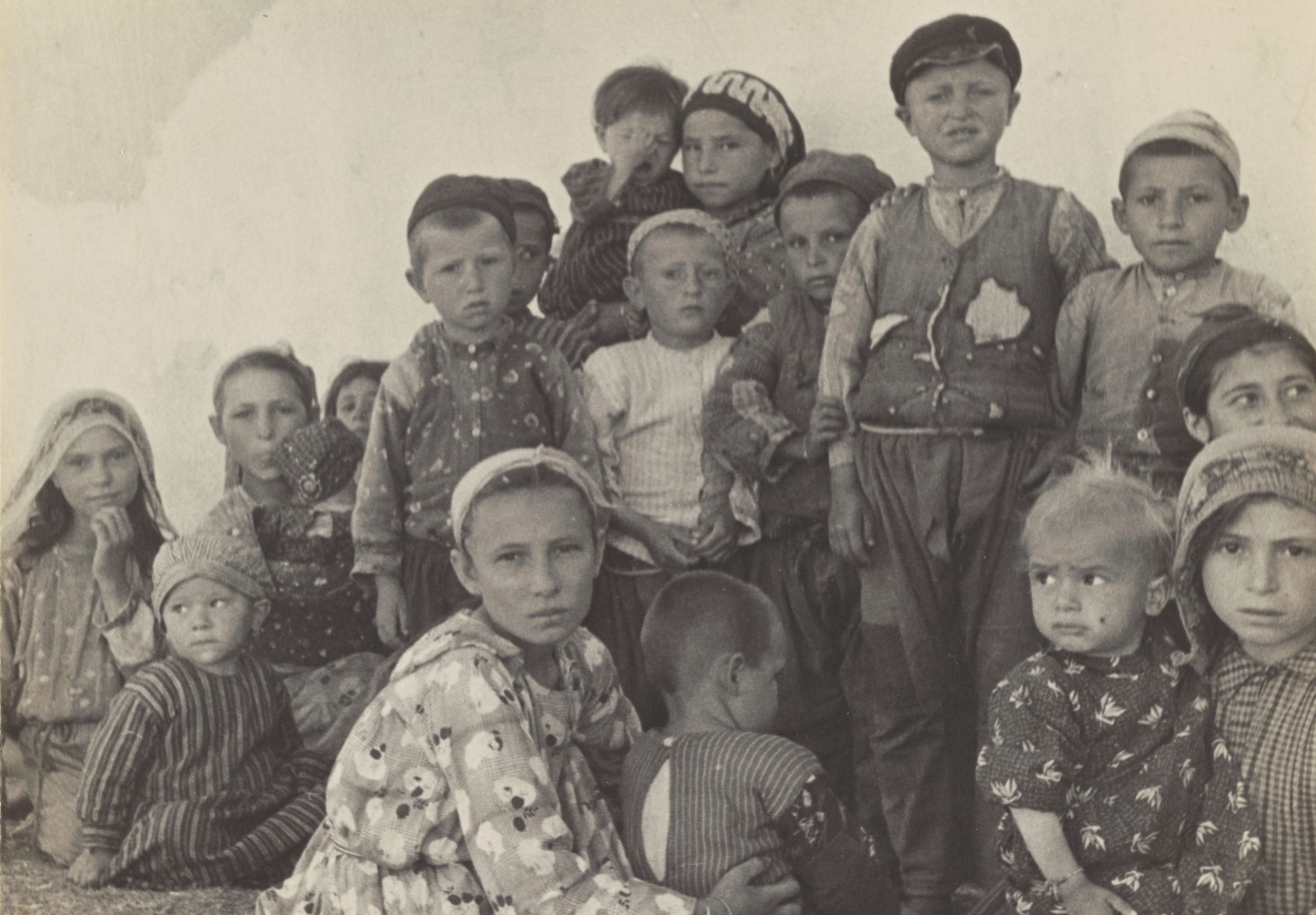
By the time Albert Eckstein died in 1950 at the age of 59, he had served as a German soldier in the First World War, suffered exile at the hands the Nazi Party, and helped to lower the rate of child death in Turkey that claimed nearly one in every two children in rural Anatolia during the 1930s.
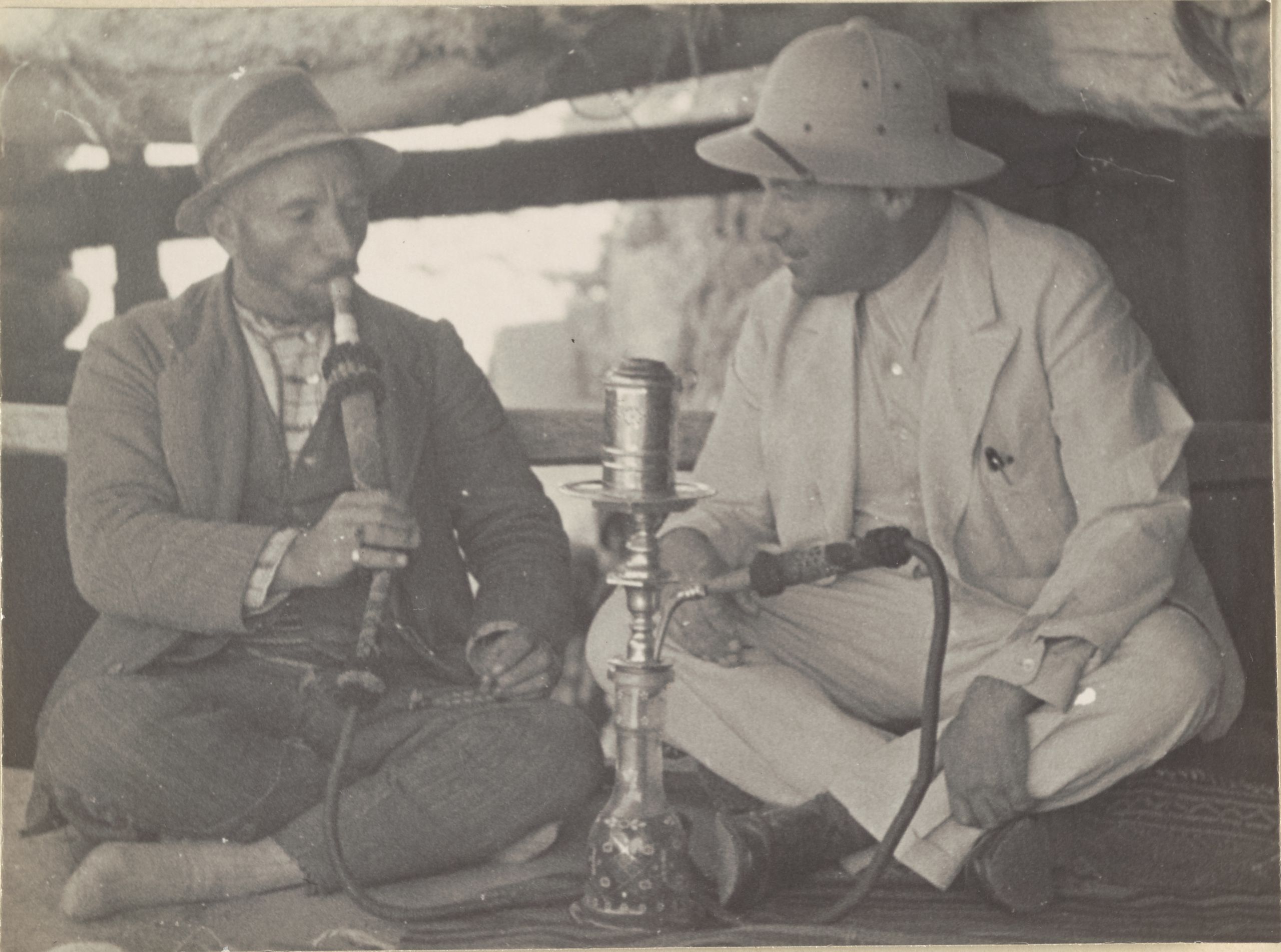
Eckstein, right, sitting with the village muhtar (elected official) during his travels across Turkey.
Eckstein, right, sitting with the village muhtar (elected official) during his travels across Turkey.
More than 1,000 photographs documenting the living and working conditions he encountered and the rural poverty that contributed to Turkey's high rate of child mortality, have been added to Cambridge University Library's Digital Library.
Together, they offer unique documentary evidence into the history of medicine and social history of the early Turkish Republic.
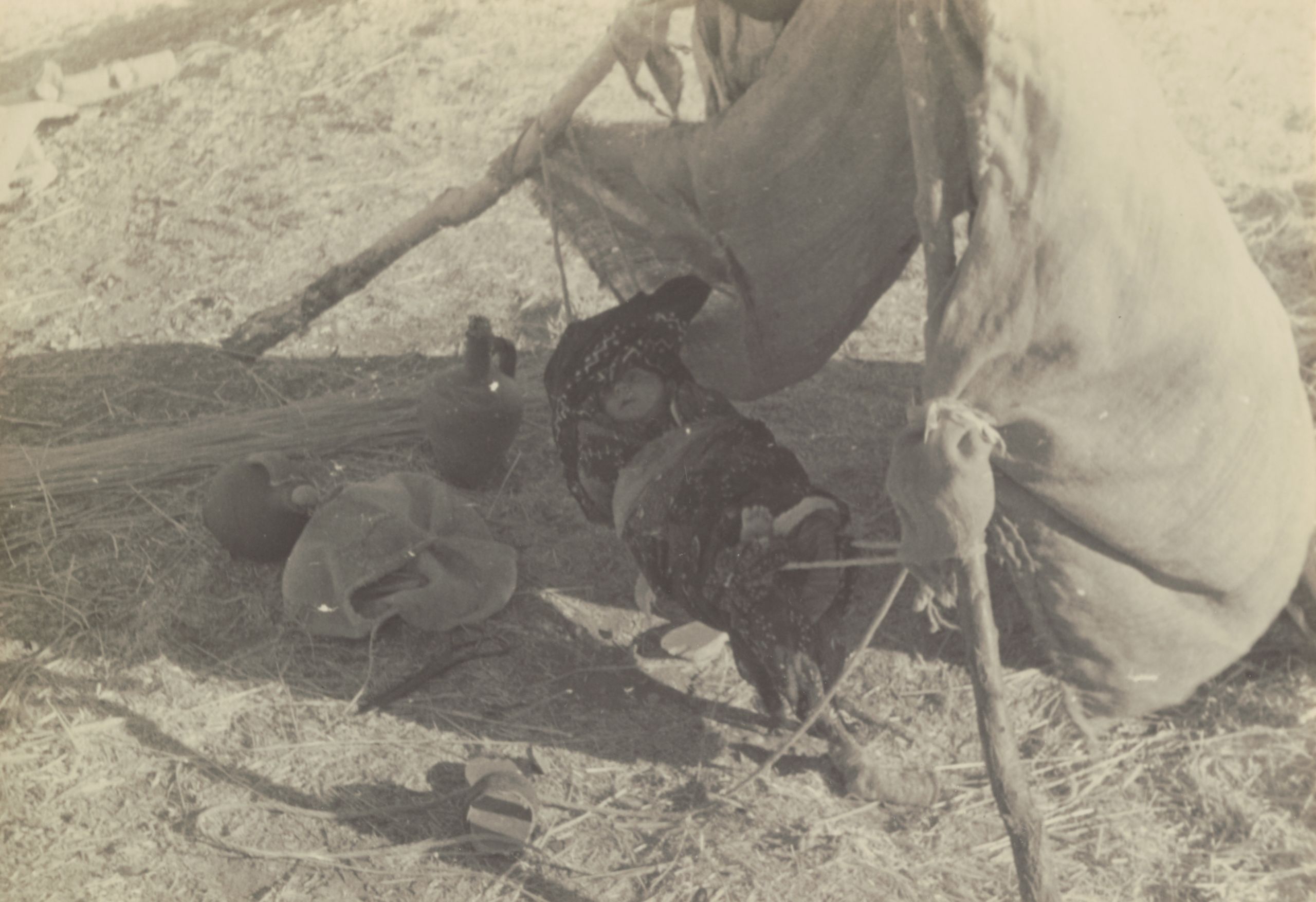
Covering the period from 1935-39, the Eckstein Albums document a medical survey of maternal fertility and infant mortality in a country that had only come into being just over a decade earlier, following the Ottoman Empire's defeat in the First World War.
Eckstein used his commission to capture the social and economic realities of rural Anatolian villages. He photographed villagers in Isparta and Konya among many others, as well as urban life and monuments in Istanbul and Ankara.
The Eckstein family eventually came to live in Cambridge, and their albums were donated to the Skilliter Centre last year. The Centre, based at Newnham College, supports research into the history, literature and culture of the Ottoman Empire and early Turkish Republic.
The digitisation of these photographs marks a new exposure of unique primary source material and crucial visual evidence of the early Republic’s campaign for healthy children.
Early life and exile
In June 1935, Albert Eckstein received a Nazi Party letter, signed by Adolf Hitler and Hermann Goring, withdrawing him from public services to the Prussian Government.
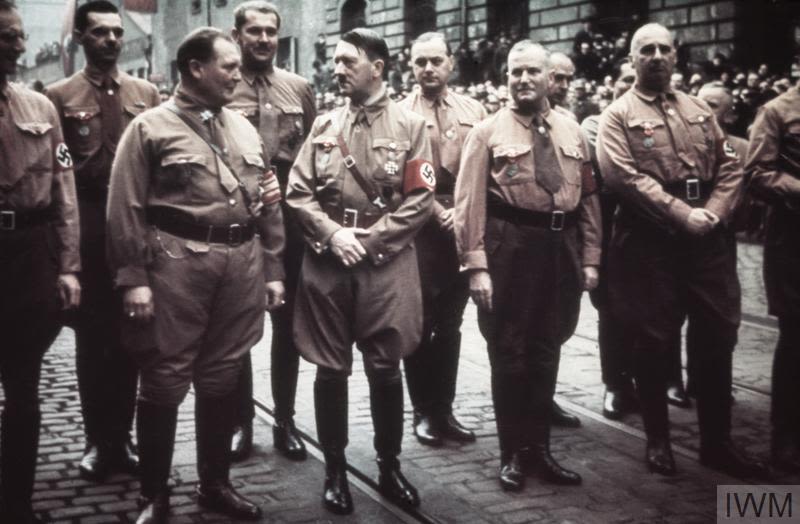
Born in Ulm, Germany, in 1891, Eckstein grew up in the southern German city before studying medicine in Freiburg, Leipzeg and Munich. Not long after his studies ended, the young medical student found himself conscripted into the German Army, serving in World War One and ending the conflict as a decorated officer.
Following the armistice, Eckstein went to work in the University Hospital for Children, qualifying as a senior lecturer in 1923 before leaving in 1925 to become medical superintendent of the Children's Hospital at the Academy of Medicine in Dusseldorf.
He became one of the country's leading researchers in the study of childhood illnesses, but as 1930s Germany descended into the grip of Nazi tyranny, the German Jew was subjected to years of harassment and humiliation by the fascist regime.
In 1935, when the letter signed by Hitler and Goring relieved him of his position, he sought refuge elsewhere. Despite offers from Glasgow and the US, Eckstein accepted a contract from the Turkish government for a university chair in Ankara.
Eckstein, an expert in preventative paediatrics, was an ideal candidate for the ambitious public health agenda of the early Turkish Republic. In his new post, the German scientist developed an analysis of infant and child healthcare, not just in the major city of Istanbul and emerging capital of Ankara, but across great swathes of Turkey's impoverished countryside, too.
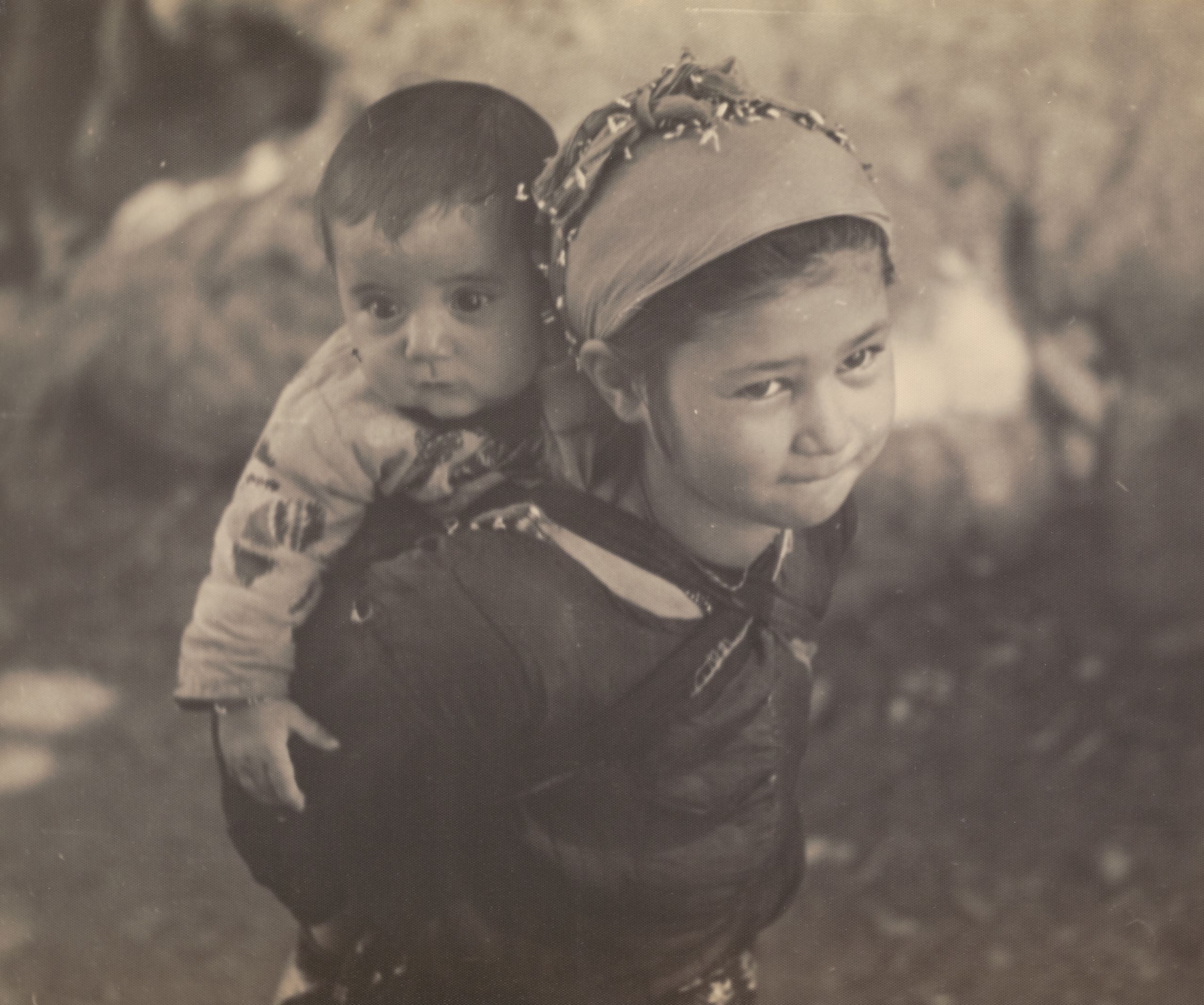
Turkey's Early Republic
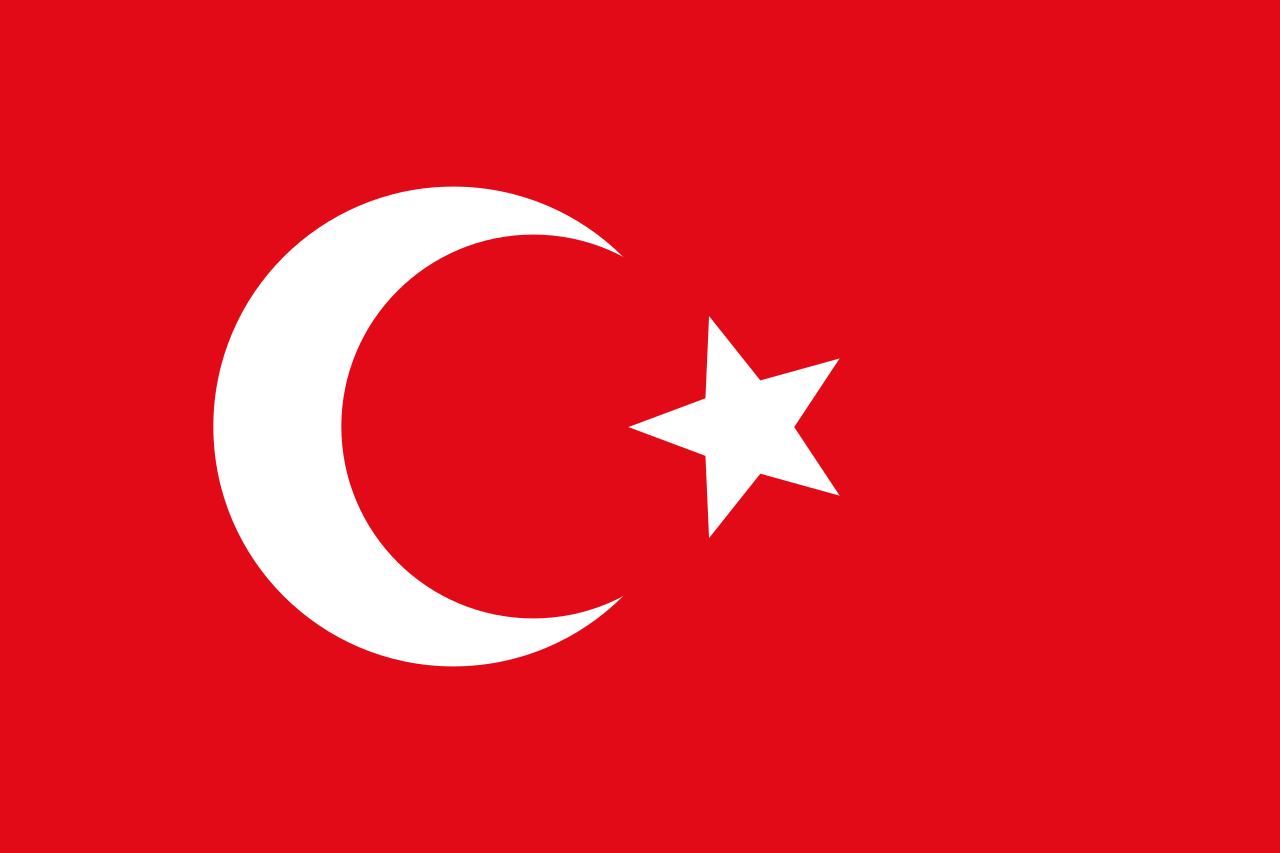
Albert Eckstein was welcomed into Ankara by Refik Saydam, Atatürk’s Minister for Health, through the Emergency Organization for German Scientists Abroad. His mission, as directed by Saydam, was to inform Turkey’s public policy on preventative healthcare. The Ecksteins’ stay in Turkey coincided with a period of radical reforms in public health, education, transport, and other national infrastructure. The sites of Albert’s research were provincial, but his subjects were central to a project of rapid modernisation.
Eckstein arrived in Turkey as the Republic was approaching its twelfth birthday, celebrating the radical reforms that were already underway and reminding everyone of the odds stacked against their success.
The Eckstein Albums offer a unique insight into Turkish medical history and the engagement of Jewish migrants in Atatürk’s health and social reforms. These include the campaign for healthy children, a drive for basic health and hygiene education, and major campaigns against specific widespread and debilitating diseases such as trachoma or malaria.
The level of rural poverty documented in these photographs highlights the difficulties the early Republic faced in its attempt to improve the medical conditions and lower rates of infant and maternal mortality. Eckstein considered his medical work as a post-war call to arms.
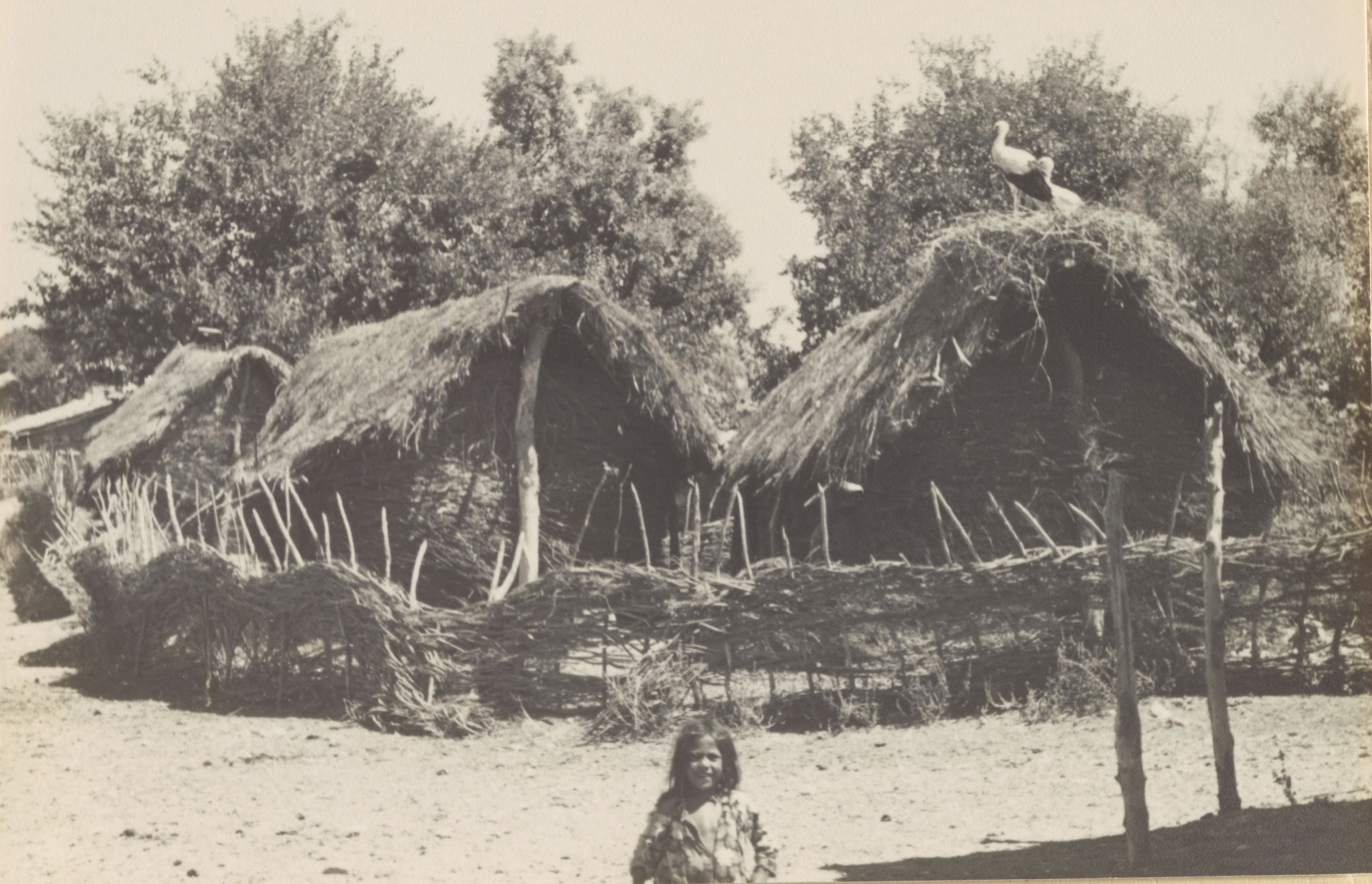
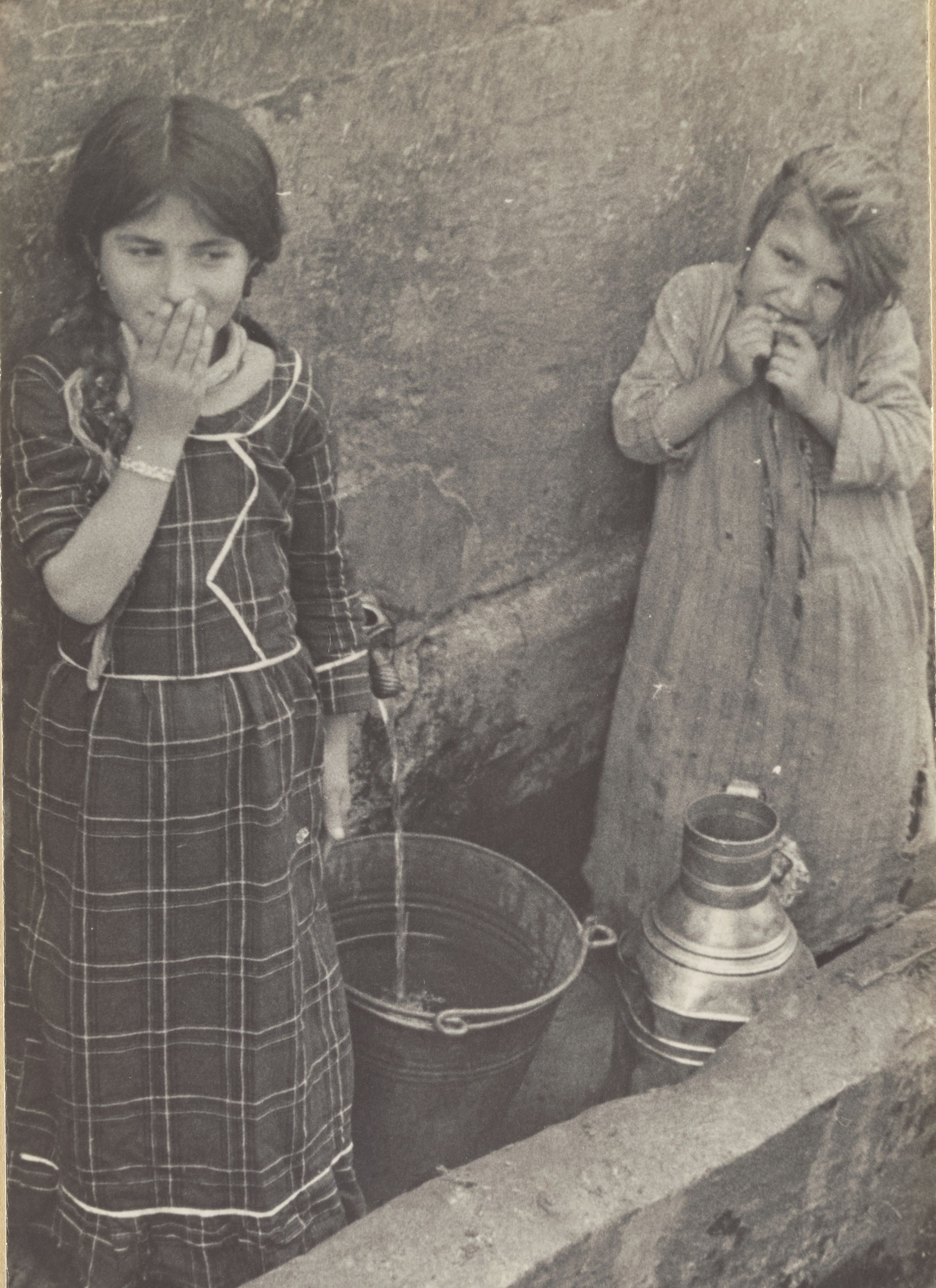
"Malaria is one of the greatest scourges in the Tropics and sub-Tropics. The loss of infant life is appalling. Russia, the Balkans, Poland, Italy, Spain, and Holland are countries where the disease may become pandemic. With the shifting of large population groups, districts and countries that have happily escaped hitherto may find themselves faced with this dread disease.
"Now that the hounds of war have been leashed there still remains the battle against disease. Combined operations have proved their worth in war. And so in peace it will be the active and energetic co-operation between hygienist, obstetrician, and paediatrician that will reduce the heavy infant casualties from malaria."
Albert Eckstein
The photographs that accompany Eckstein’s medical practice contribute a visual account of the living conditions that could foster a healthy population, or harbour festering illness.
The albums are evidence of a holistic view of epidemiology and preventative healthcare. They shed light on the socio-economic conditions of Turkey’s rural population in the early years of the Republic’s existence.
There are no photos of broken bones or clinical shots of infections — the focus of Eckstein's lens are water fountains, railways, watermelon harvests, open markets, and children sorting tobacco leaves.
His primary subjects are women and infants, and he captures them in their architectural and archaeological surroundings — backdrops that demonstrate the importance of housing to health and hygiene; of statues and symbols to nation-building; and of pre-history to the construction of Turkish modernity.
Dr Kate Fleet, Director of the Skilliter Centre for Ottoman Studies, said: "The photographs taken by Albert Eckstein in rural Anatolia in the late 1930s offer a fascinating and rare insight into the realities of rural life in the early years of the Turkish Republic.
"What makes these photographs particularly special is that although they reveal the poverty and stark conditions of life, they also portray a lightness and warmth, and a close connection between the photographer and subject which gives the images an intimacy and spontaneity rarely seen in photos from this period."
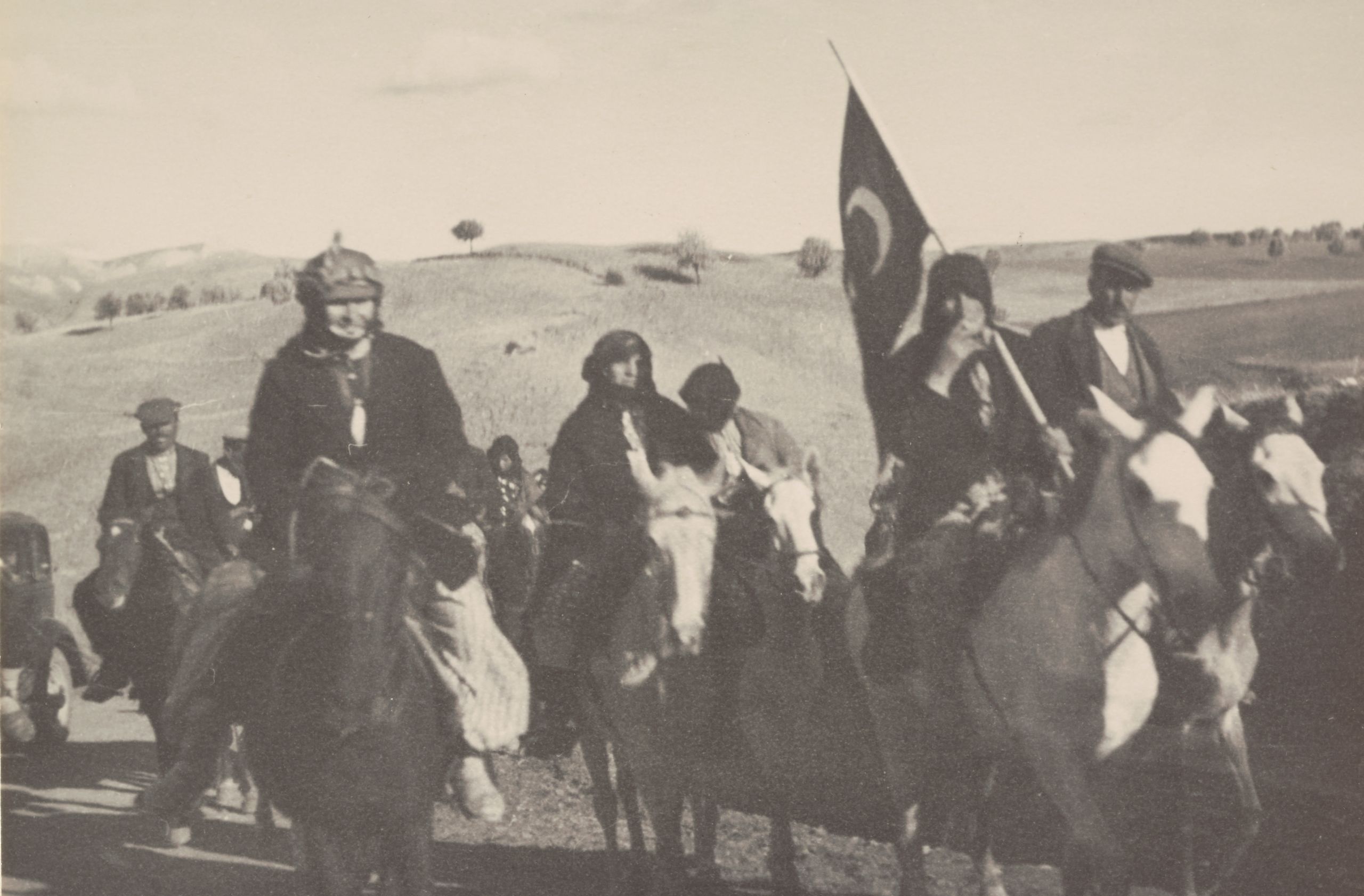
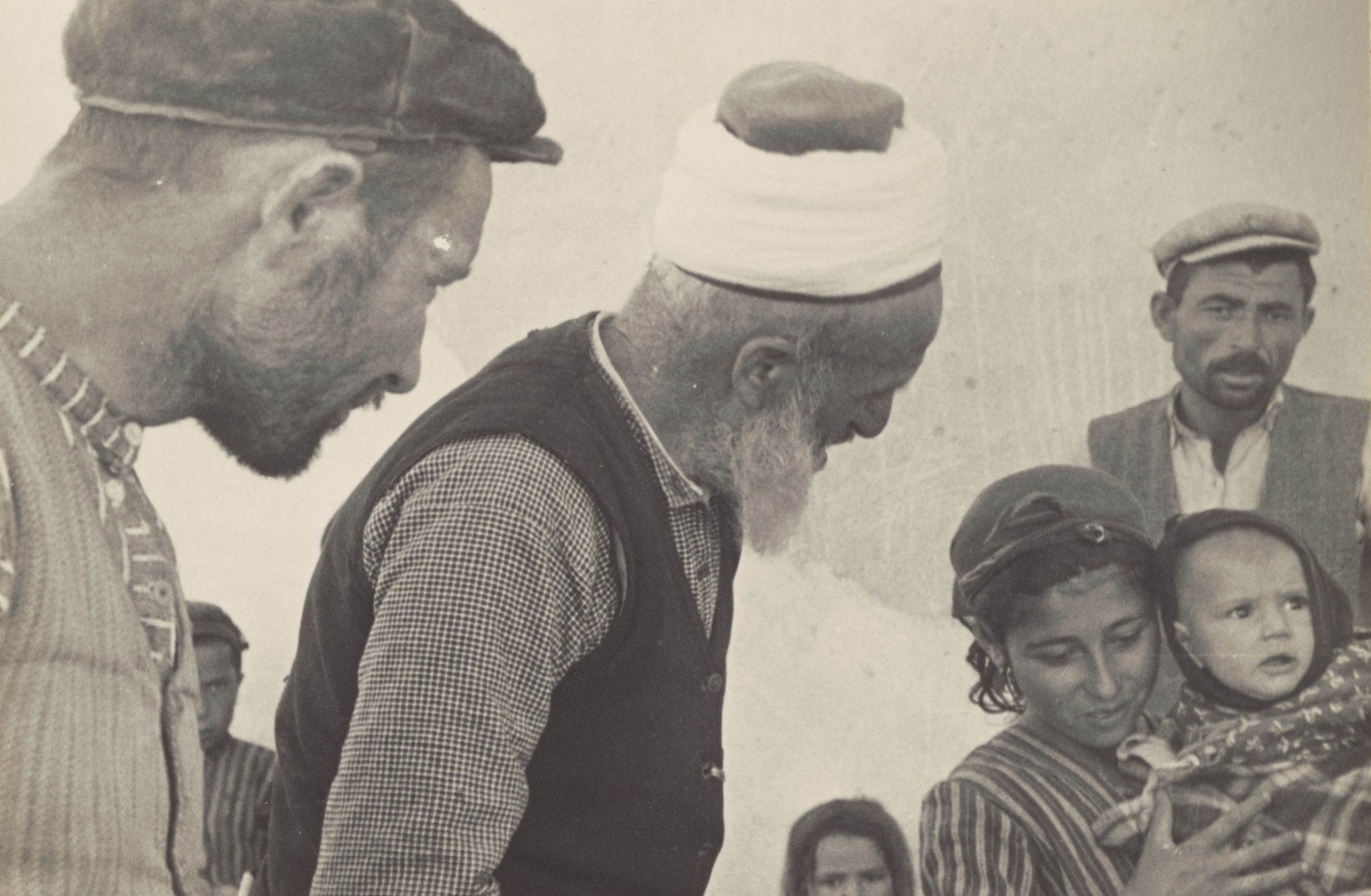
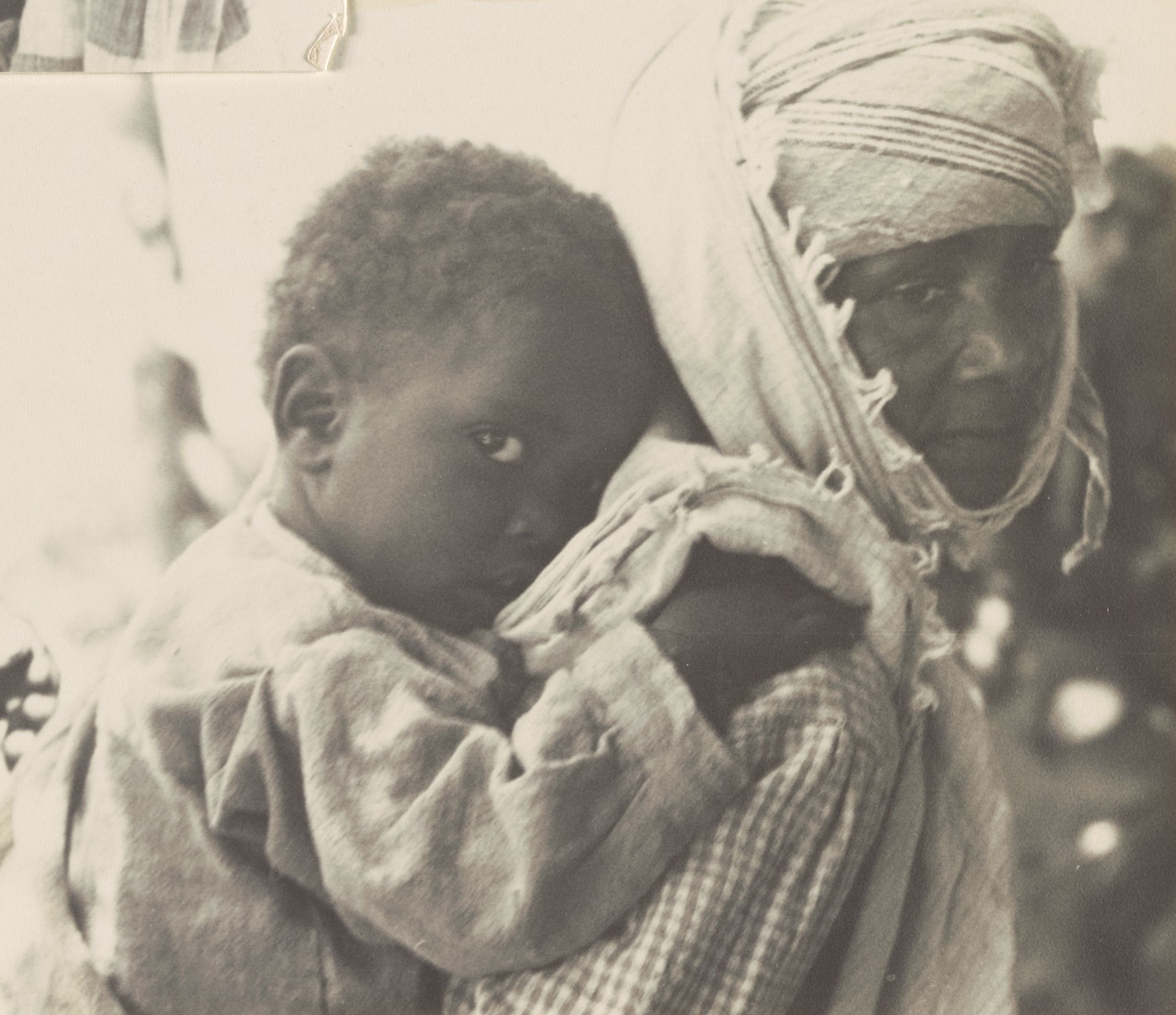
Women and children
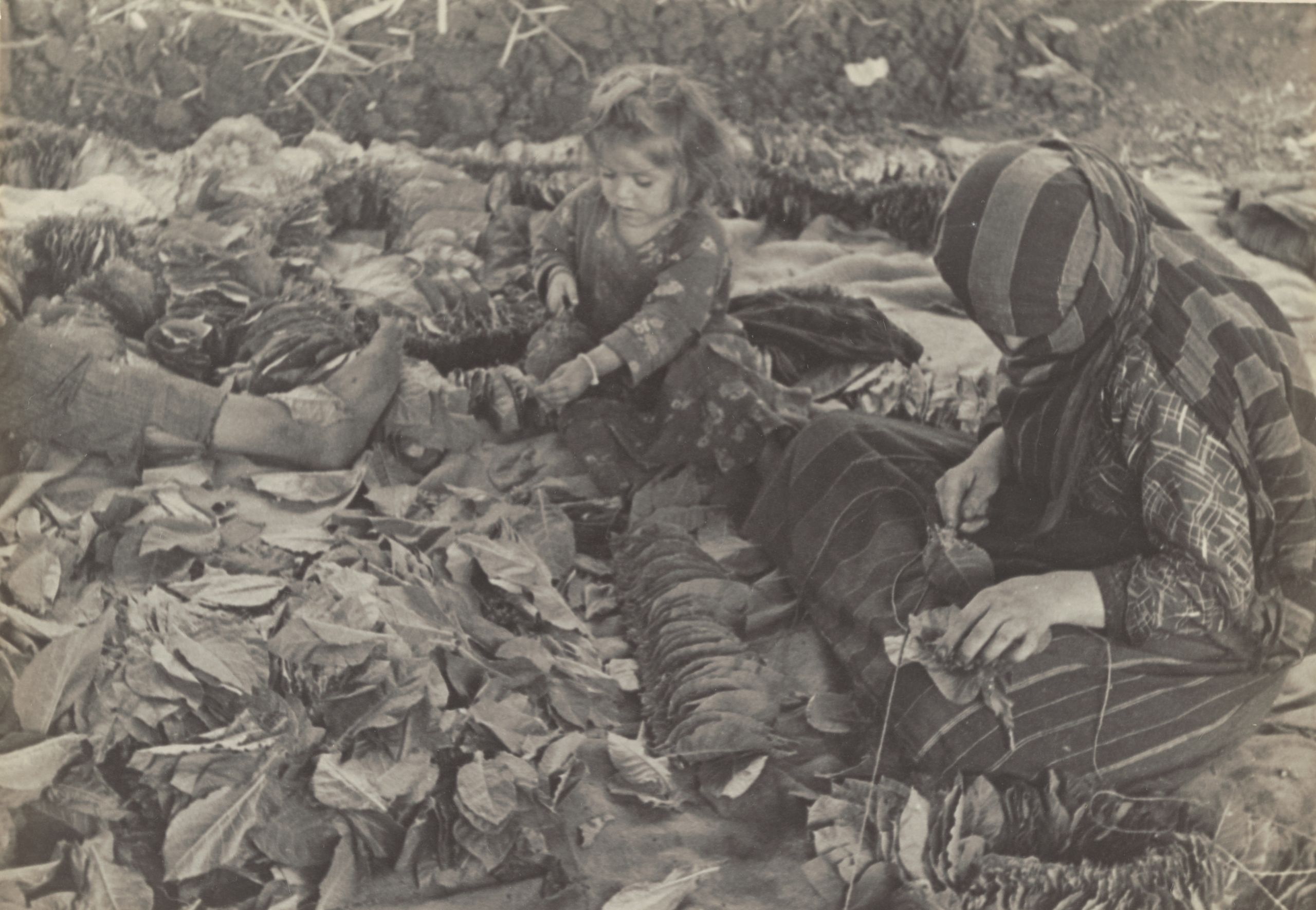
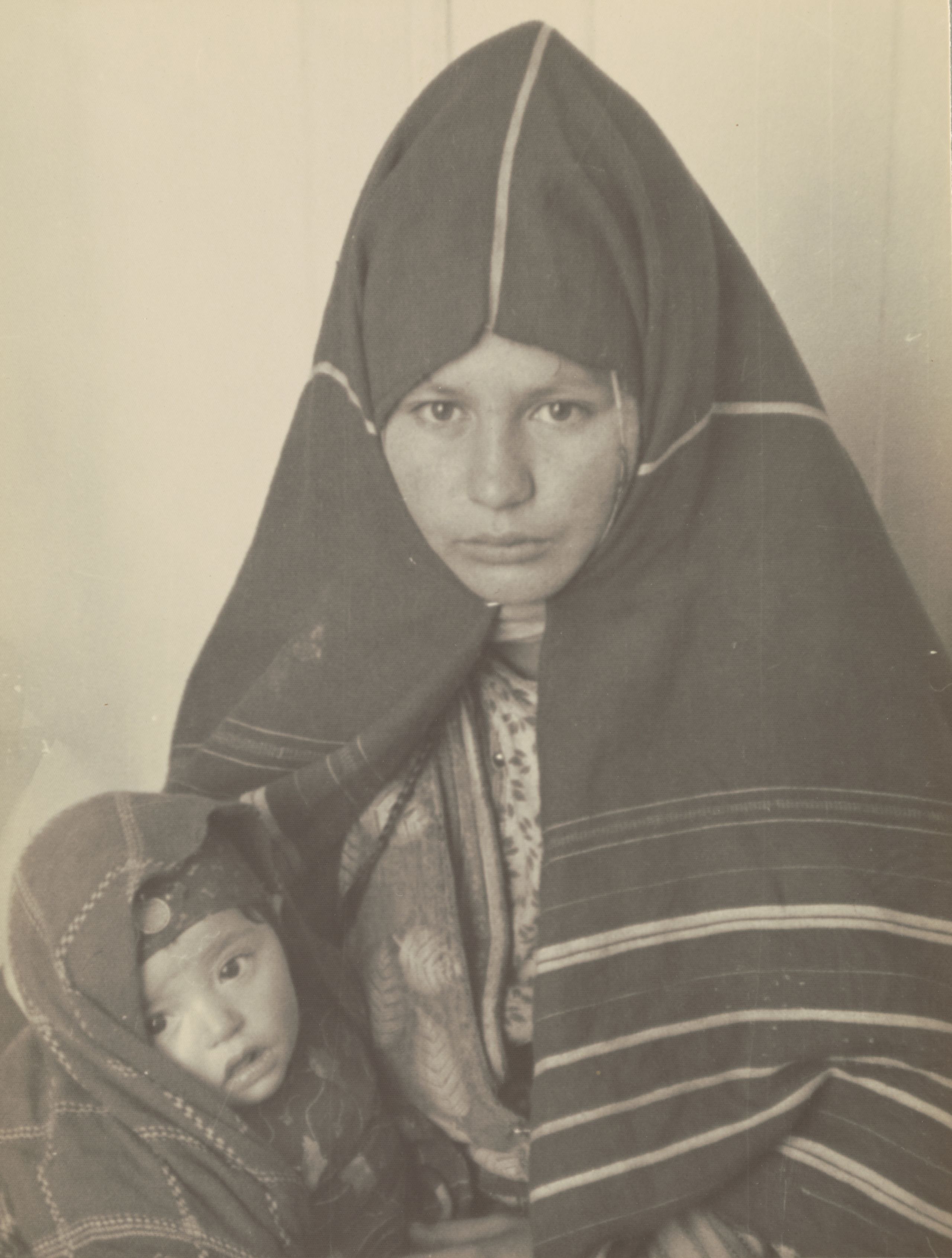
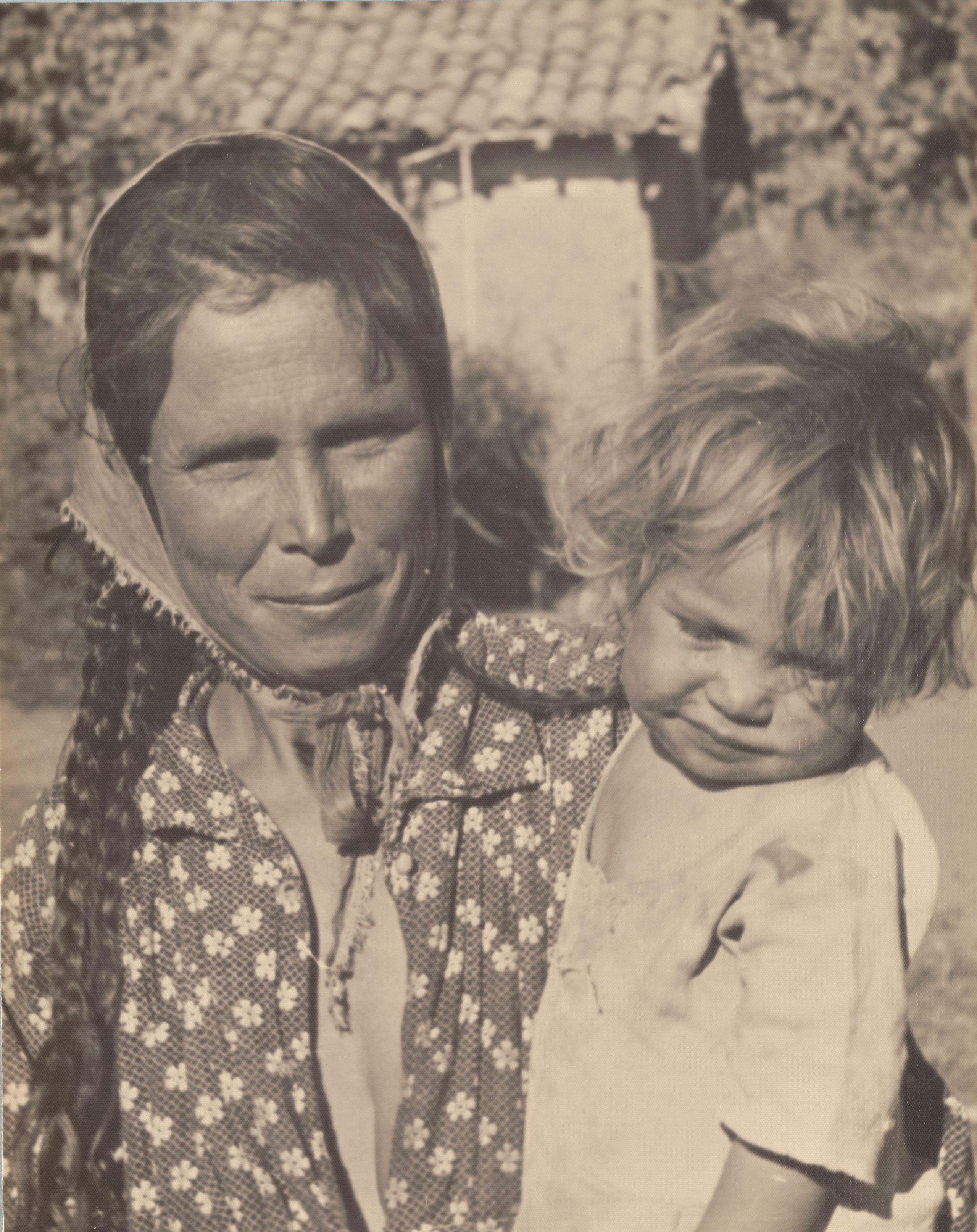
Eckstein’s medical interest in maternal and infant health mirrored the important position of woman and children to the identity of the Turkish Republic.
The new government had embarked on a targeted epidemiological strategy to replenish its population after many years of war. On average, Turkish women bore more than the four children each required to replace the population after years of high mortality.
In most of the provinces pictured in these albums, children under fourteen formed more than 40% of the population.
Children were also crucial as a symbol of the nation, and Eckstein’s photographs bear witness to the reorientation of a national gaze towards its youngest citizens.
Over the course of their trip, Albert and his wife Erna worked in sixty villages and examined 8000 women; that is, one third of the female population that they visited.
This collection provides visual evidence of Anatolia’s ethnographic profile and family structure, for example, the role played by older children in caring for their siblings and the significance of female labour in farming.
Farming was a family enterprise and the children in Eckstein’s photographs join parents and siblings in sorting and preparing tobacco leaves.
Women’s work was especially significant after the war, as there were approximately one million widows recorded in the 1927 census.
Women and children were also heavily involved in the production and preparation of wool and cotton; they are pictured at the looms in Denizli spinning wool in Niğde. Eckstein’s portraits depict bold, smiling, working women, who appear unafraid to pose for a foreign male doctor.
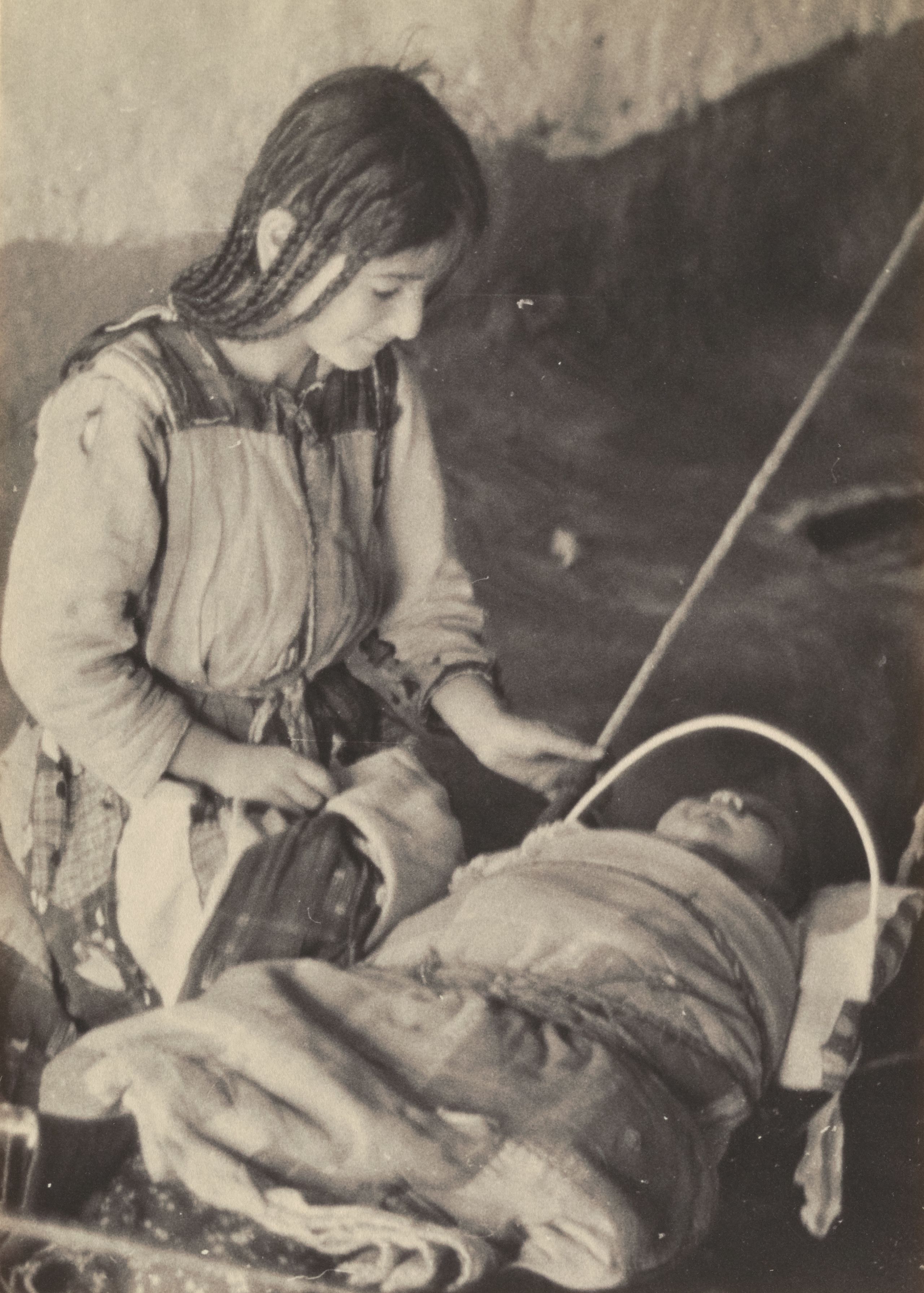
"These photographs are an invaluable source for those researching into the history of Turkey in this period."
Dr Kate Fleet
The Skilliter Centre for Ottoman Studies seeks to encourage knowledge and understanding of a major Muslim empire with large European and Mediterranean territories, and to assist scholars from many disciplines in exploring connections between their own work and Ottoman studies.
The Skilliter Centre Research Library and Archive holds rich and varied collections: it is estimated that around 20% of the Library’s holdings represent the only copy of that item held in the UK. Originally made up of Susan Skilliter’s bequest of some 3,000 books, the library now comprises over 12,000 volumes.
It has a large collection of travel accounts and Ottoman material from the nineteenth and early twentieth centuries, and collections of published archival material.
The Eckstein albums are now available for all to see freely on the Cambridge Digital Library. Since its launch in 2011, the Digital Library has had more than 20 million page views from millions of users. Click here to explore some of the greatest treasures from the University Library and the University of Cambridge.
